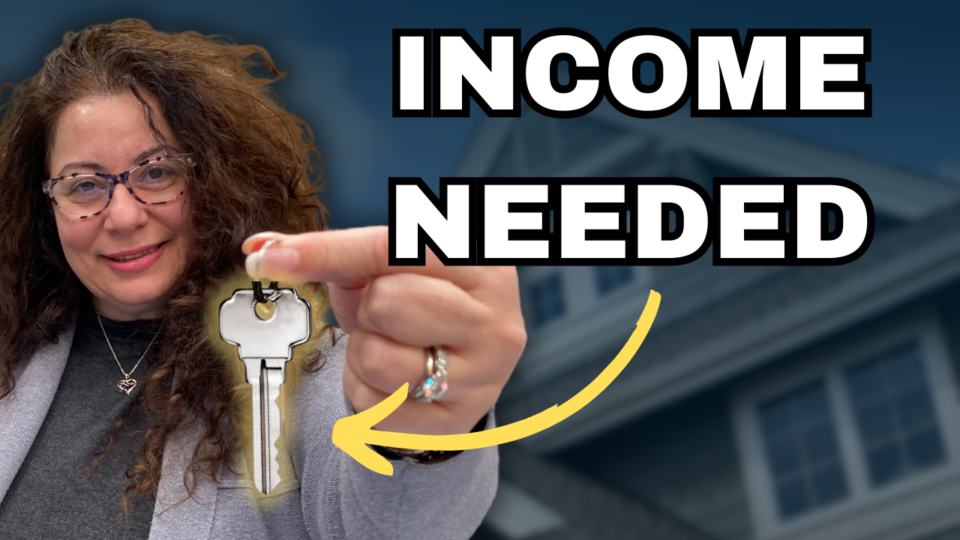
Navigating the complex world of real estate transactions can be intricate, especially when it involves both buying and selling properties simultaneously. One common pitfall homeowners face is the timing mismatch between selling their current home and purchasing a new one. This scenario often leads to unnecessary stress and, potentially, financial and legal mistakes. But there’s a solution that many might not be aware of and that is “bridge financing”.
A legal hurdle: Closing on the Same Day
One of the most significant legal blunders in real estate transactions is attempting to buy and sell properties on the same day. This strategy puts a lot at stake, requiring perfect alignment of numerous factors to successfully close both transactions simultaneously. The process starts with the sale of your property, relying heavily on the buyer to transfer funds to your lawyer early enough in the day without any holds or issues. This is crucial for completing the sale transaction—releasing keys, finalizing registrations, and ensuring you have access to the sale proceeds for your subsequent purchase.
The inherent risk lies in the potential delays that can affect either transaction. Ideally, there should be at least one business day, if not more, between the sale and purchase to account for any unforeseen difficulties or time delays. This buffer period helps mitigate the risk of complications arising from the tight scheduling of back-to-back transactions.

The Role of Bridge Financing
To solve the dilemma of needing funds from the sale of your current home to finance the purchase of a new property, bridge financing comes into play. This financial product provides a short-term loan to cover the gap between the sale and purchase dates. For instance, if you’re set to close on your new home on March 28 but won’t complete the sale of your current home until April 10, bridge financing ensures you have the necessary funds to proceed.
Bridge loans typically come with an interest rate of around 7%, which might seem high, but when considered for a short period (e.g., the 12 days between transactions in our example), the cost is relatively low. This arrangement not only secures the funds needed for your new home purchase but also offers flexibility and peace of mind during the transition. With bridge financing, you gain valuable time to move, make home improvements, or simply ensure a smoother transition to your new property without the pressure of synchronizing sale and purchase dates exactly.
(PS. Are you planning on buying a home?? Elevate your home-buying journey with our exclusive free guide. If you’re on the path to homeownership, this resource is a must-have. Click HERE to unlock invaluable insights and tips. Secure your copy now!)

Conclusion: The Benefits of Planning and Bridge Financing
Many homeowners are unaware of the option to use bridge financing in their real estate transactions and some think it may be too expensive. By understanding and utilizing this financial tool, you can avoid the common mistake of timing mismatches, reduce stress, and make your move more manageable. Whether it’s allowing extra time for renovations or avoiding the chaos on the moving day, bridge financing offers a practical solution for those looking to streamline their real estate transactions. As always, consulting with a real estate professional about bridge financing and other strategies can help you navigate the complexities of buying and selling homes with confidence.
Should you wish to delve into the possibilities bridge financing offers, please feel free to reach out to my office. Myself or one of our senior mortgage advisors will be delighted to provide you with the assistance you need.
Contact us at 519-250-4848 or email [email protected]for a personalized consultation.



